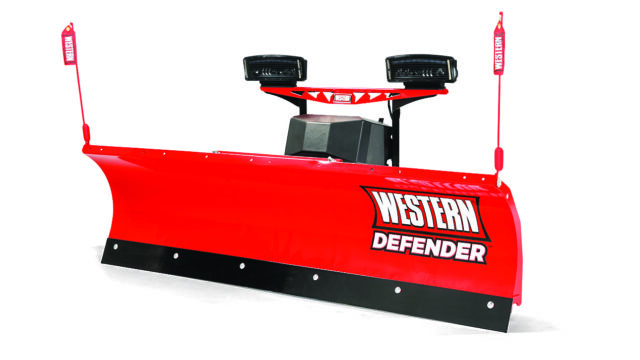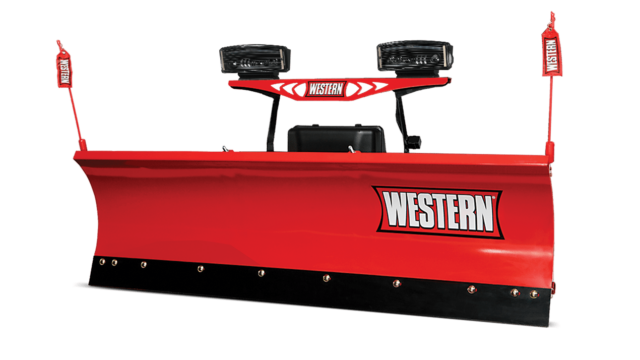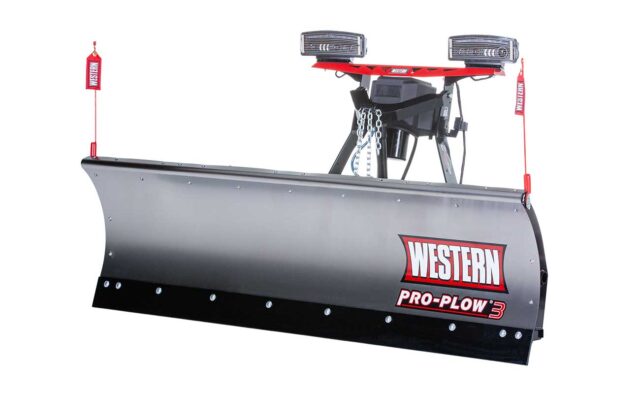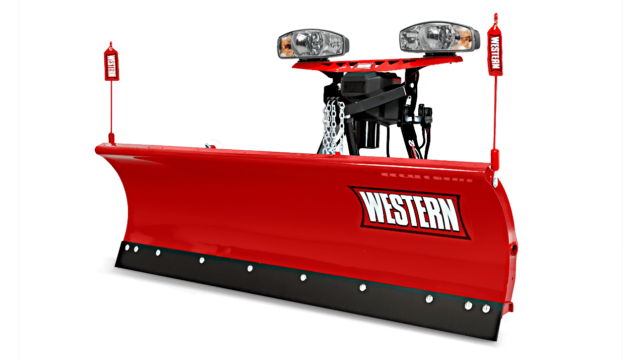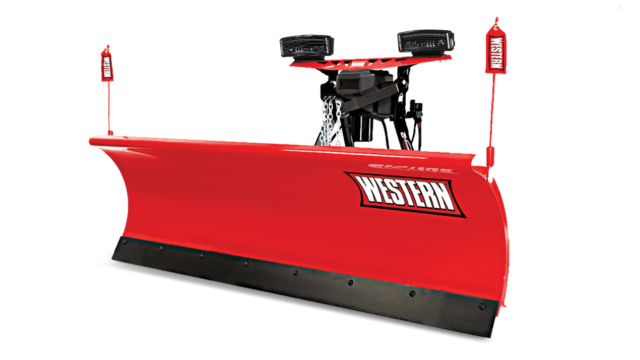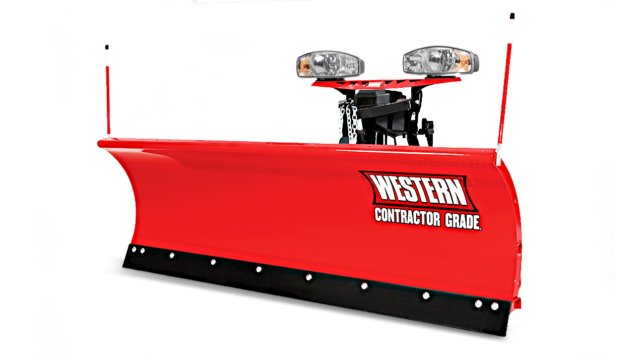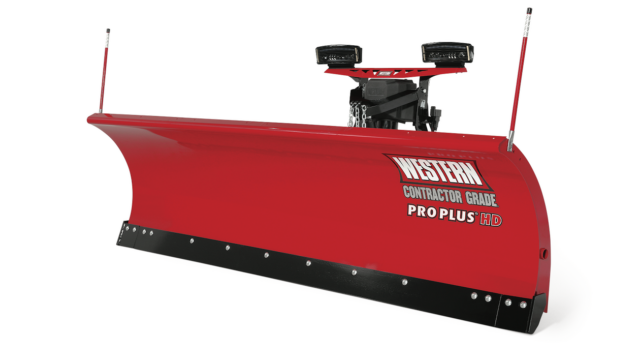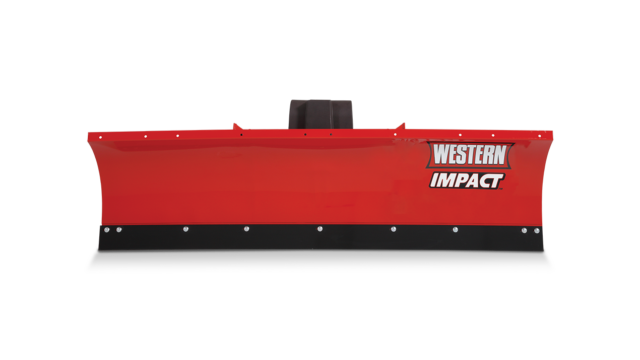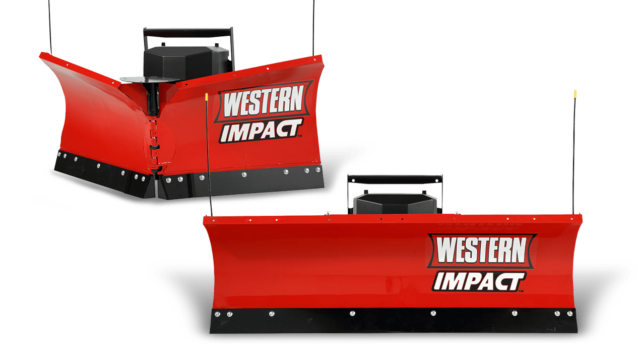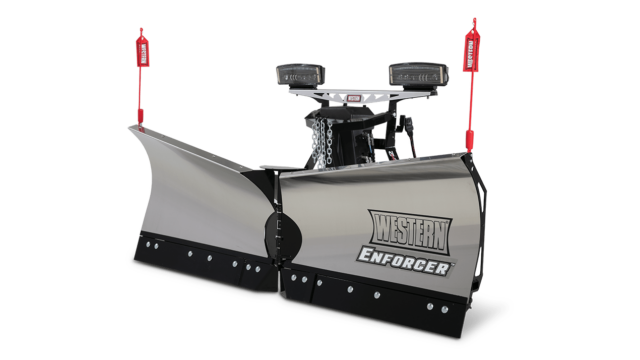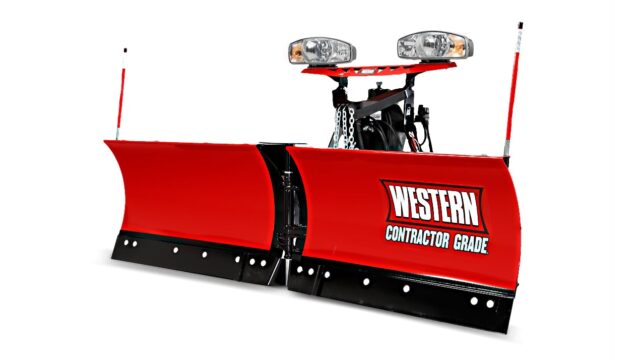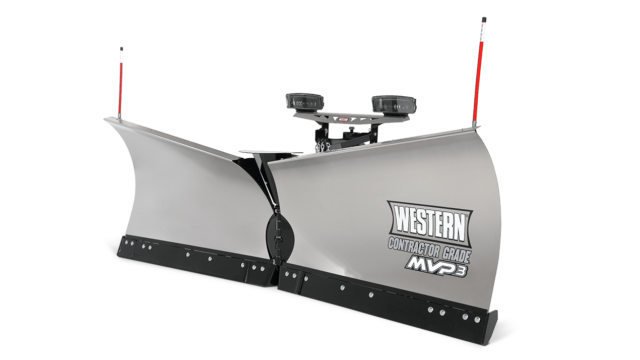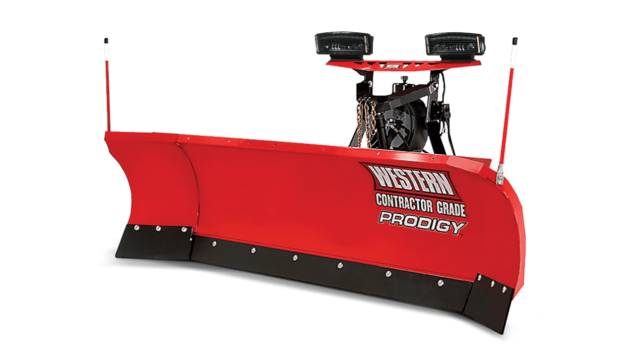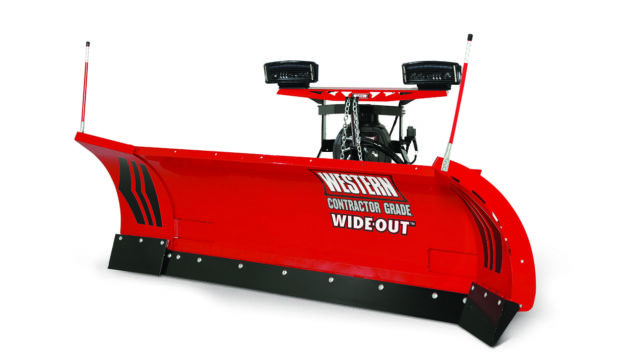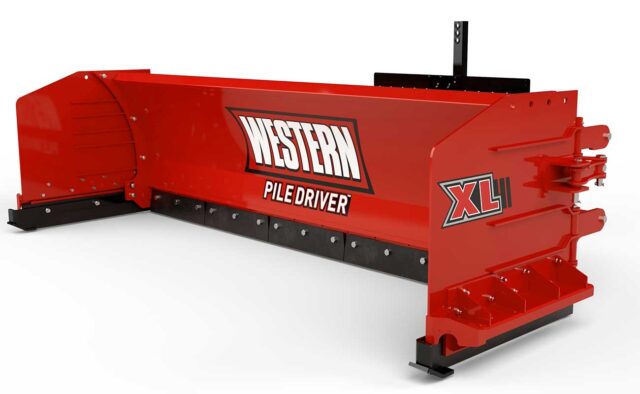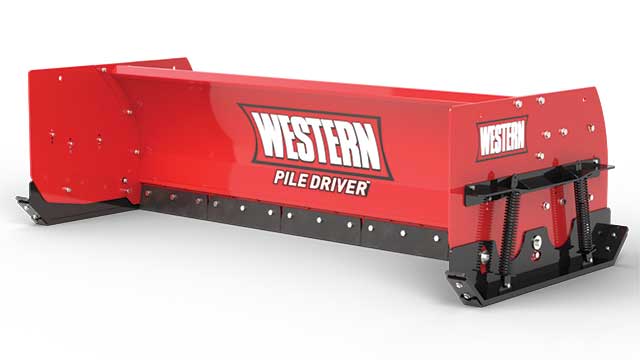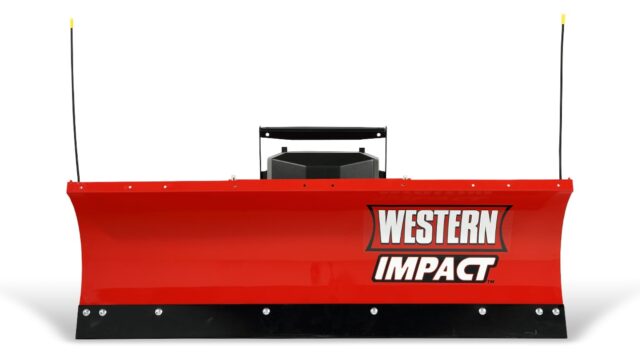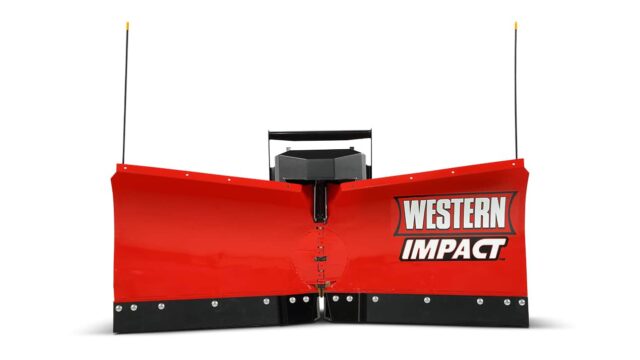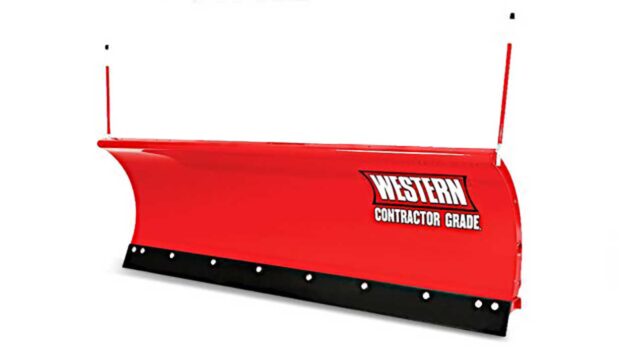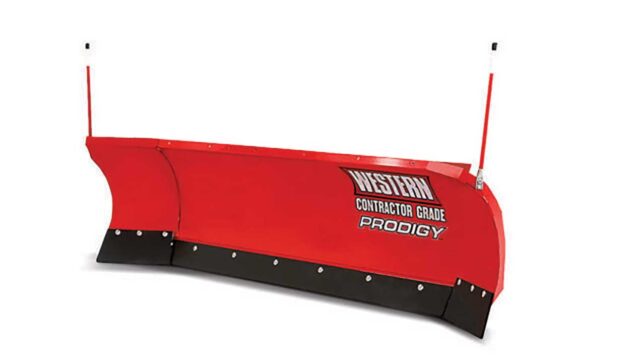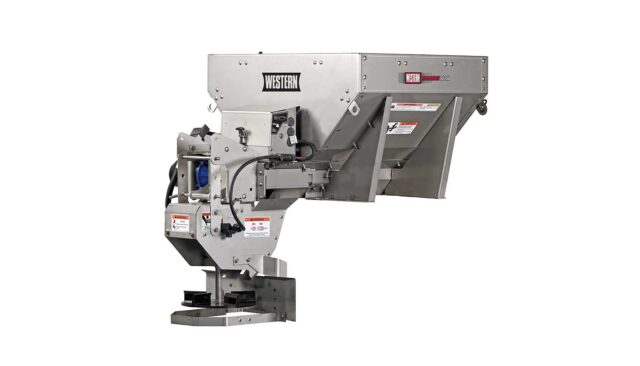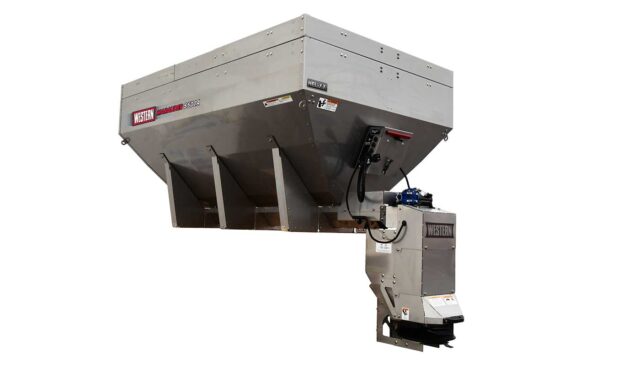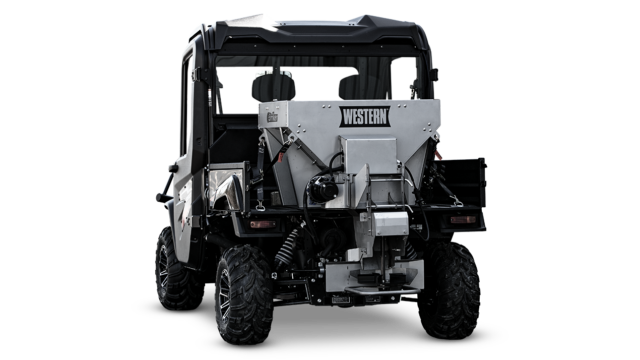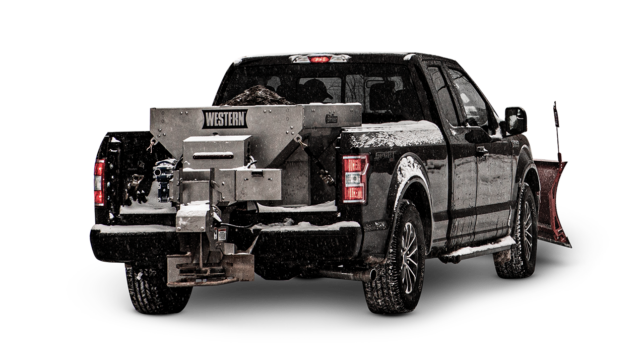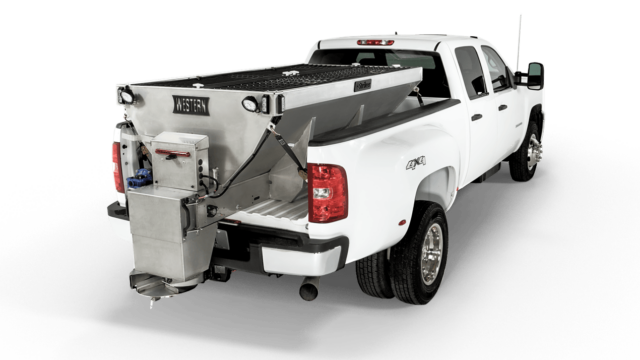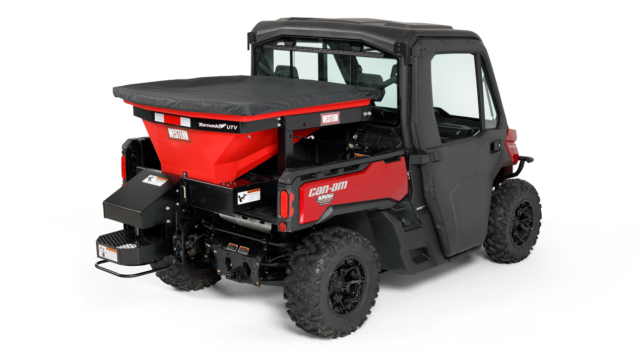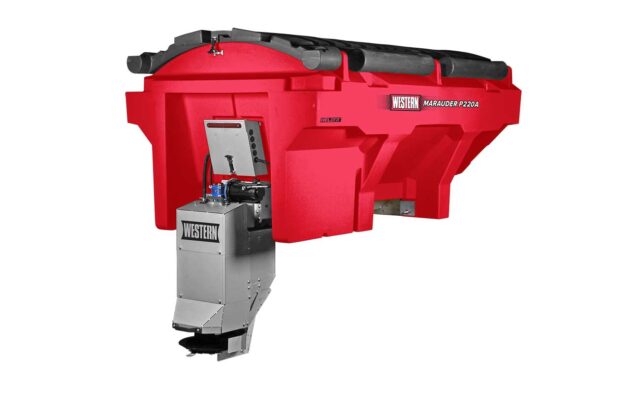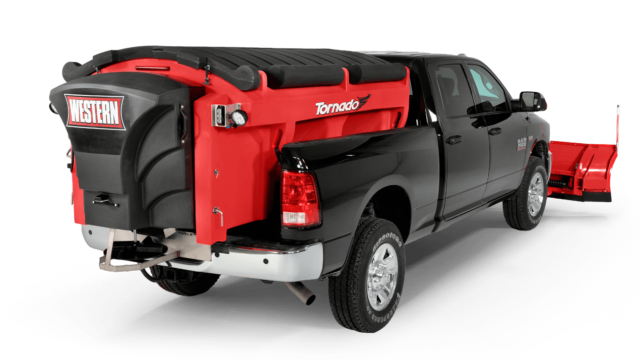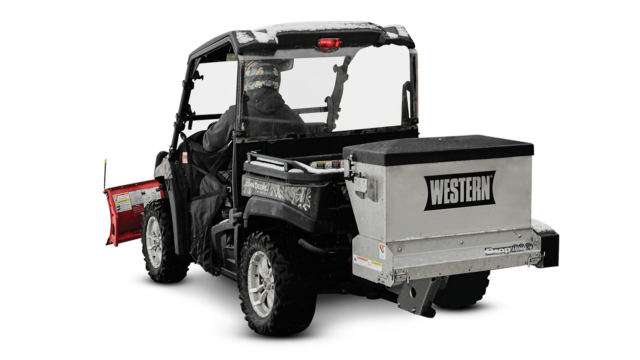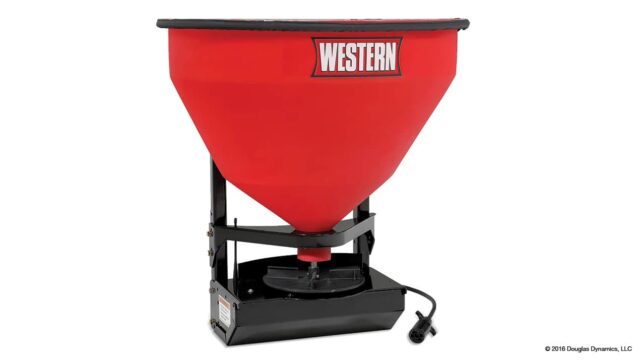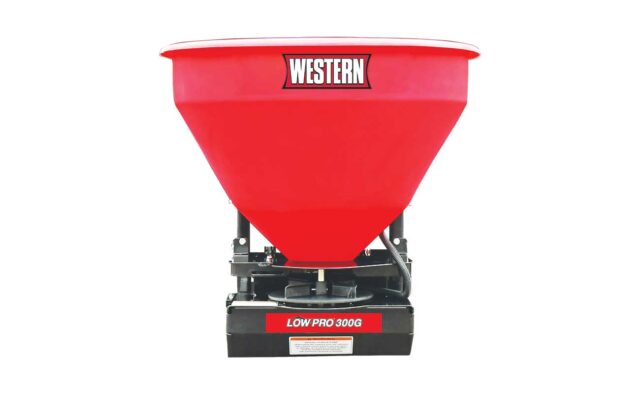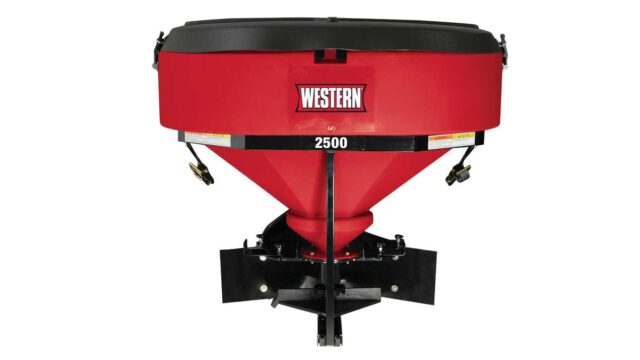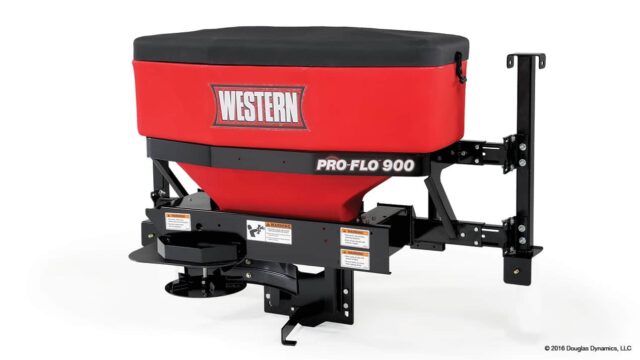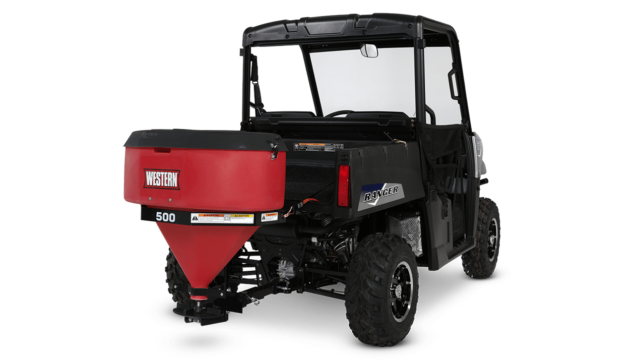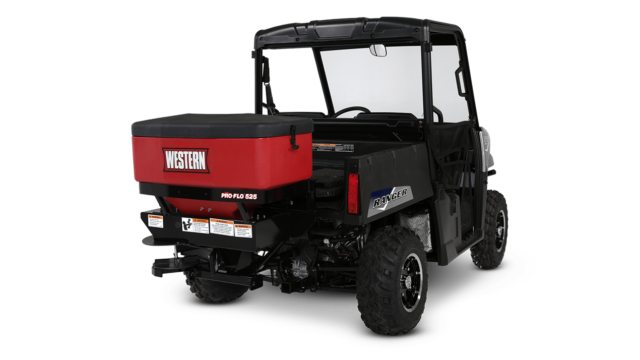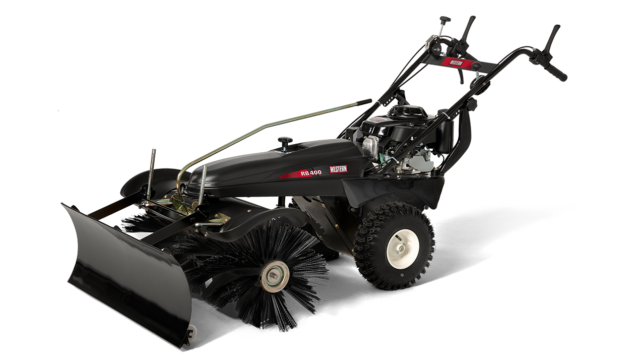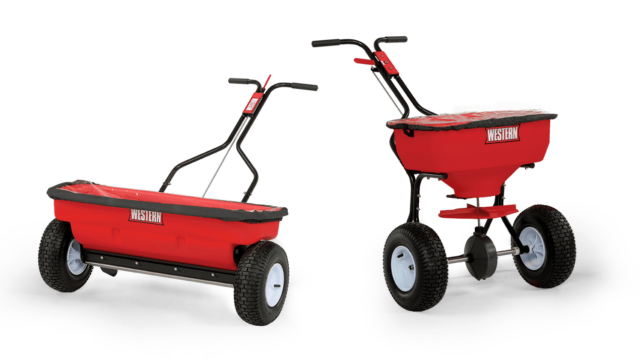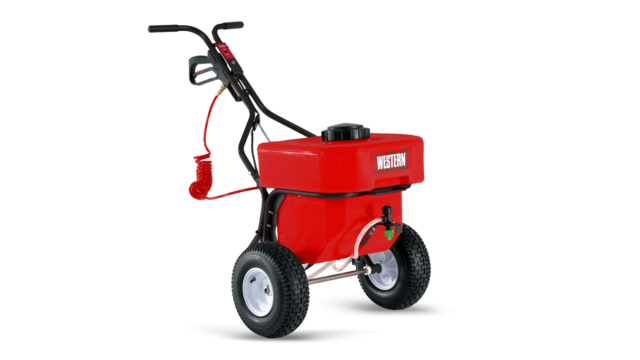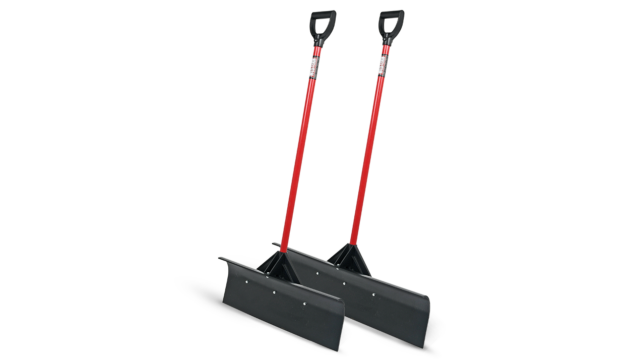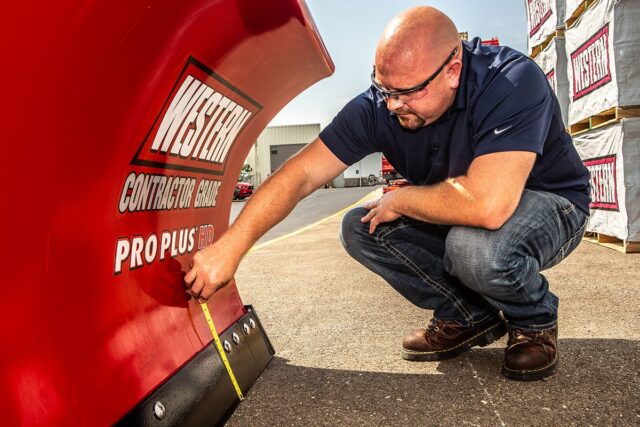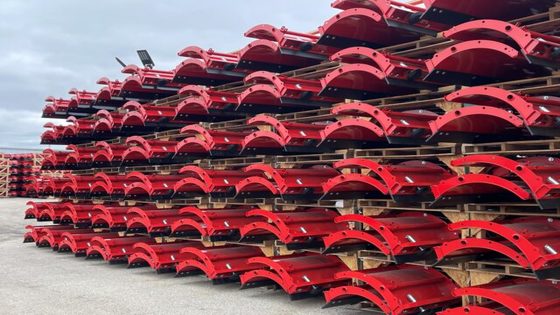Gain Confidence This Winter With a Preseason Spreader Inspection
Created August 31, 2020
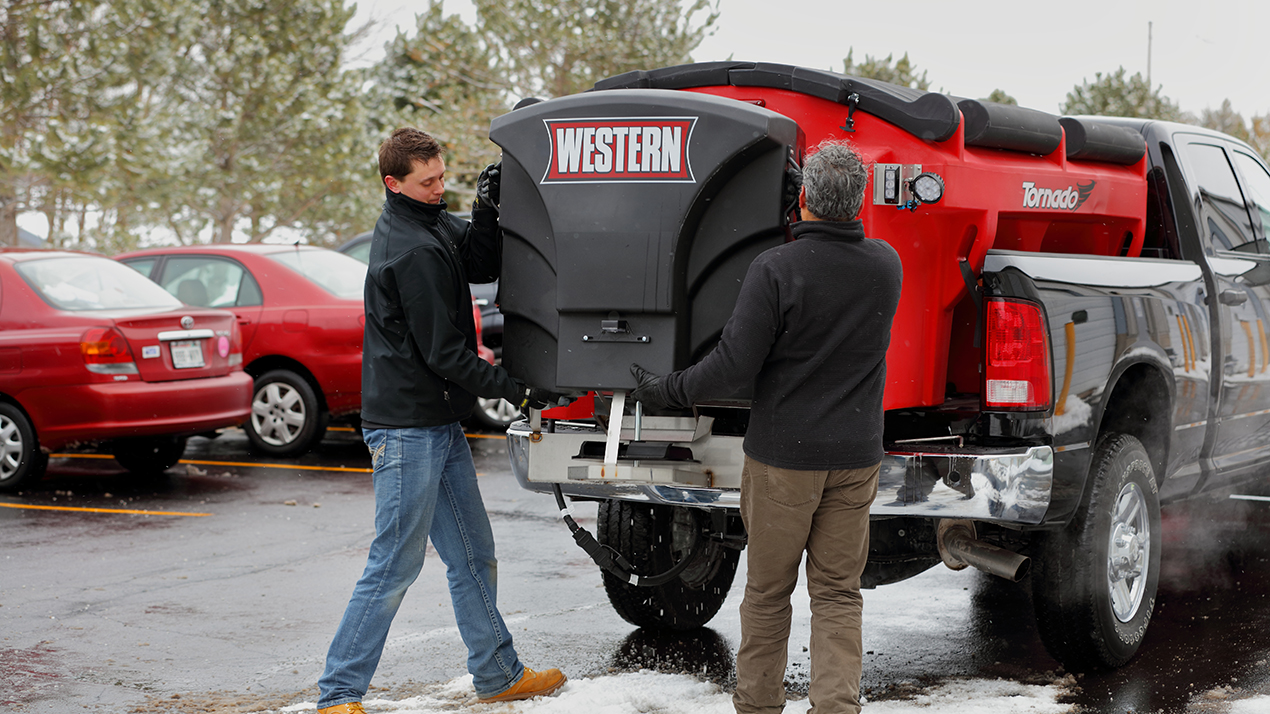
We’re taught from a young age to train for the game—and it’s not much different as an adult. Preparation paves the road to success, especially in the snow and ice industry. Hopper and tailgate spreaders are only dependable when properly maintained. If not properly maintained, their useable life is greatly diminished and you’ll be shopping for a replacement sooner than you thought.
General Preseason Inspection & Maintenance
A spreader inspection has two main goals—to audit all moving parts and electrical connections and make note of any repairs needed. When you perform maintenance and follow these preseason checks, you can be confident that your equipment is ready to take on the first storm. Prior to any service, it’s important to review the manufacturer’s owner’s manual for safety guidelines and proper procedures.
- Thorough Cleaning: Wash out the inside of the hopper with a pressure washer and rinse all external surfaces to remove any debris that may have collected since the unit was washed at the end of last season.
- Inspection: Look at all of the belts and chains (including the conveyor chain) and make sure they are properly adjusted. Check the hydraulic system for leaks, cracks or damaged hoses and make note of any repairs that may be needed. Inspect electrical system wire harnesses and connections for abrasion, wear or corrosion. If required, check the backup camera to make sure it’s setup and working correctly. After hooking up your spreader, test the electrical system to make sure it’s performing properly.
- Secure It: Ensure your spreader is safely secured in the bed (for hoppers) or attached to the vehicle hitch or other mount (for tailgates) and rated for the weight of the unit you are using. See the owner’s manual for proper mounting procedures. In some cases, additional ratchet straps are needed.
- Grease It: Tighten all electrical connections and apply dielectric grease to prevent corrosion. Lubricate all grease fittings and any other pivot point recommended in your owner’s manual with EXTREME DEFENSE™ Grease that is optimized for cold, wet and dirty environments. WESTERN® also offers a Central Point Grease Kit for some models that provides easy access to hard to reach bearing’s and grease points—allowing you to continue to grease it throughout the season without having to remove your equipment.
- Replace It: Repaint as necessary to protect exposed metal from rust. If any chains, belts, hoses or other parts are worn or damaged, you may want to replace them in preseason. Otherwise, keep a close eye on the component and keep spare parts handy in case of an emergency. Although will-fit aftermarket parts may come at a lower cost, you need to consider the long term cost to your business. WESTERN Genuine Service Parts are more dependable, safe and designed with your specific spreader in mind to ensure peak performance. Not to mention, there’s ongoing technical support available to assist you when you purchase OEM.
- Check It Again: Perform a final function check after any service is performed, including accessories.
Pro Tip: The better you clean postseason, the better off you will be when it comes to preseason. Look in every nook and cranny to find hidden salt and debris—even the pulley setup for the spinner motor to ensure there isn’t any stuck material.
It’s like the saying goes, “Confidence in preparation. Everything else is beyond your control.” You can’t outsmart Mother Nature, but you can at least prepare ahead of time. For additional information, check out these general guidelines for regular plow and spreader maintenance (including pre, during and post event checks).
